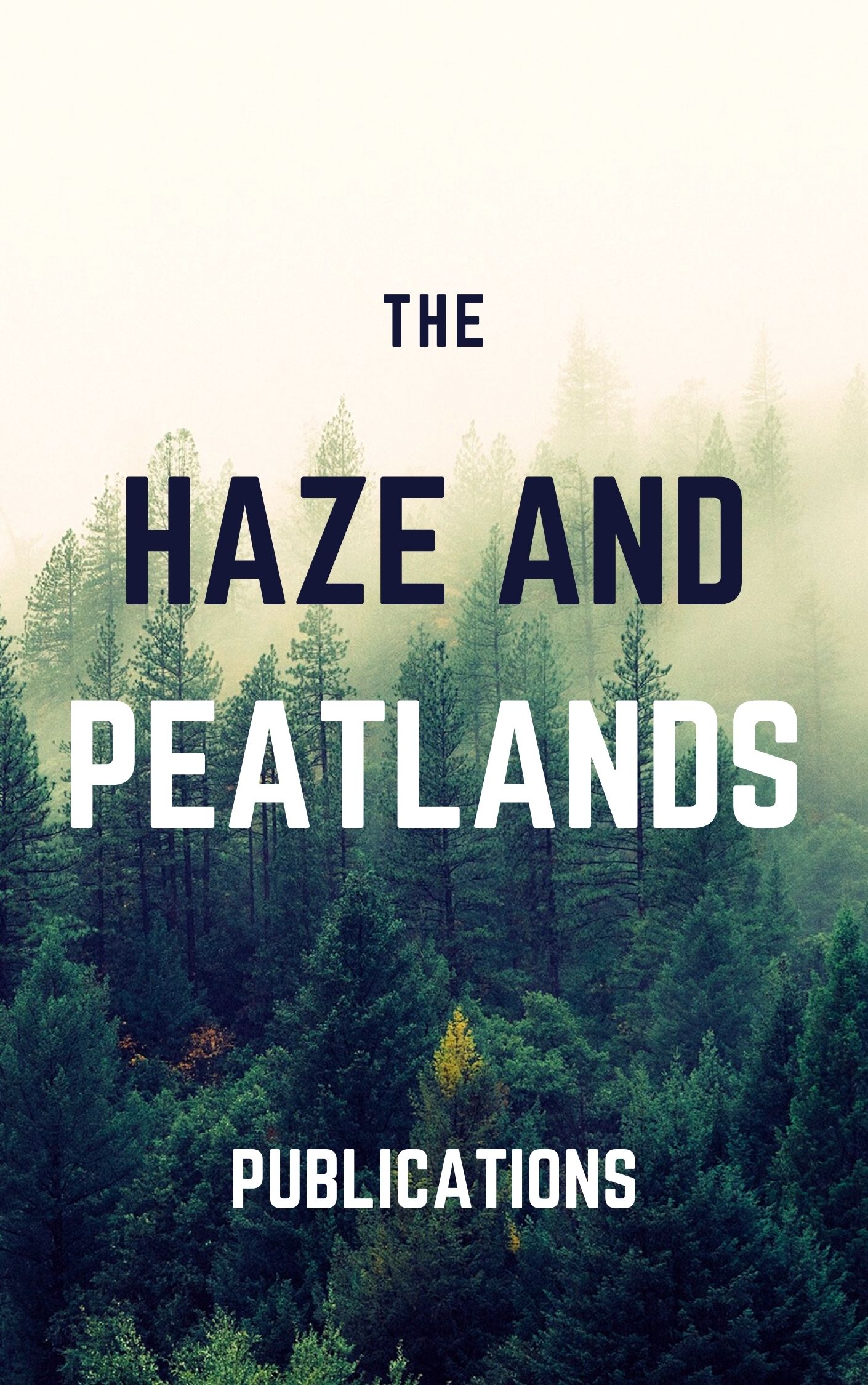The research provided scientific evidences for improved rice straw management. Rice cultivation with in-field burning of rice straw is the worst option with the lowest energy efficiency and highest air pollution emission. This article comprises a comparative assessment of energy efficiency and the environmental footprint of rice production using four different rice straw management scenarios, namely, straw retained, straw burned, partial straw removal, and complete straw removal. Paddy yield, grain quality, and energy balance were assessed for two seasons while greenhouse gas emissions (GHGE) were measured weekly starting from land preparation through to the cropping and fallow period. Despite the added energy requirements in straw collection and transport, the use of collected rice straw for mushroom production can increase the net energy obtained from rice production systems by 10-15% compared to burning straw in the field. Partial and complete removal of rice straw reduces GHGE by 30% and 40% compared to complete straw retention, respectively.
View source

